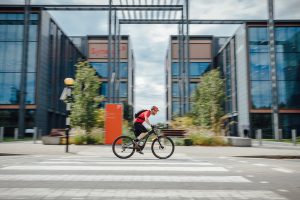Bike test: Orange 5 Pro 2009
 You do two things when you win awards; you can come back the following year with something better, or you rest on your laurels. After winning Trail Bike of the Year in 2008, Orange hasn’t been taking it easy, instead it’s refined the bike further, but has doing so upset the Five’s perfect balance?
You do two things when you win awards; you can come back the following year with something better, or you rest on your laurels. After winning Trail Bike of the Year in 2008, Orange hasn’t been taking it easy, instead it’s refined the bike further, but has doing so upset the Five’s perfect balance?
NEED TO KNOW
FRAME: Reynolds aluminium, Fox Float RP23, 140mm travel
FORK: Fox Float 32 R, 140mm travel
SIZES: 14,16,18, 20
WEIGHT: 12.9kg (28lb)
CONTACT: www.orangebikes.co.uk
ANGLE FINDER
Head angle: 67°
Seat angle : 72.6°
BB height: 335mm
Chainstay: 425mm
Front centre: 710mm
Wheelbase: 1140mm
Downtube: 660mm
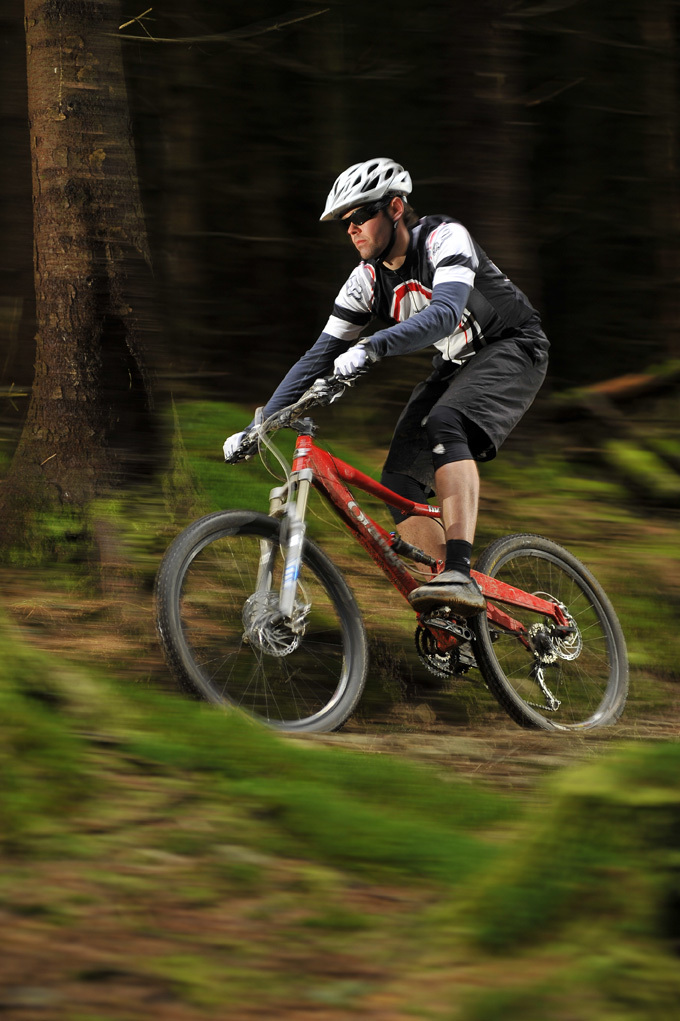
Frame
There are several minor construction tweaks to the Orange for 2009. First, the profile of the downtube has been reduced, more for aesthetics than weight saving. It still uses the same folded and welded construction and has an identical wall thickness, but gets angled line guides for smoother cable and brake routing. The kinked top tube Orange implemented two years ago for improved standover clearance has now been upgraded to a higher grade and lighter weight Reynolds alloy. This tube has three changes of profile along its length and apparently the transitions are now smoother. Finally, there’s now an indent in the
front of the swingarm,
saving a small amount
of weight.
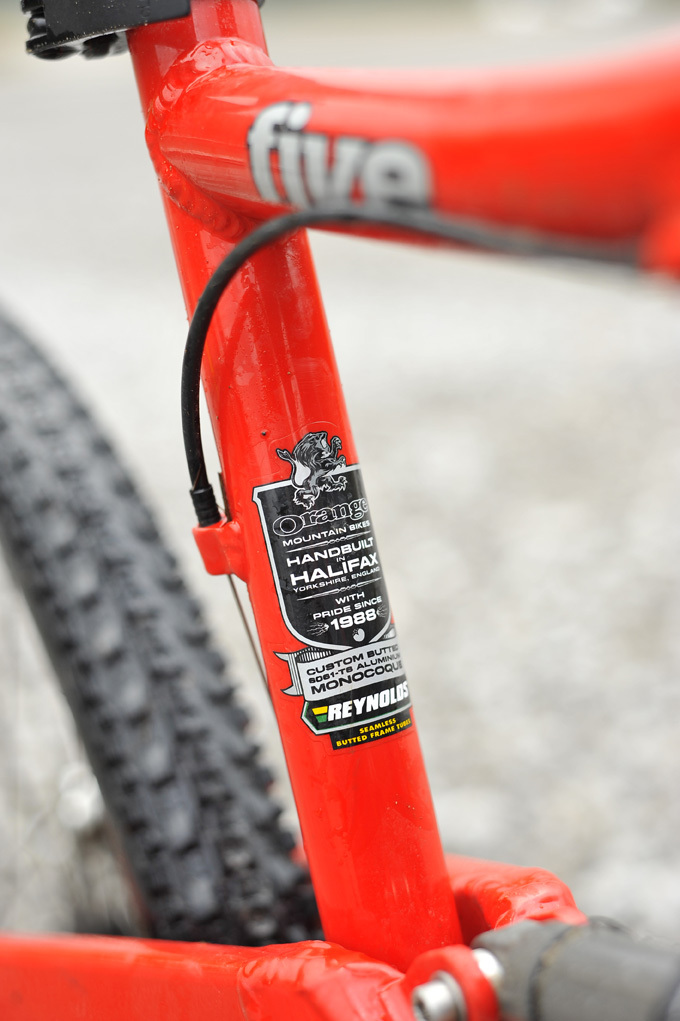
The big change to the Five Pro is the geometry — the 2009 bike has a 67-degree head angle. Last year’s bike was relatively steep at 68.5 degrees because Orange was trying to make the frame work with three different travel forks — 130mm on the entry-level Five S, 140mm on the Pro and a 160mm-Fox 36 on the Five AM. With the recent release of the Alpine 160, Orange is phasing out the Five AM. The upshot of all this is Orange optimises the head angle on the Five for 140mm use so it’s 1.5 degrees slacker than the 2008 bike we tested.
Suspension
The Orange is the only bike on test without a front lockout, but the Fox Float R is still the best fork of any here. It’s more controlled, easier to set up and had none of the rattle we experienced with the RL and RLCs. This fork comes with a 15mm thru-axle, but having ridden it back-to-back with a QR on a 2007 Five we’d say it’s only marginally stiffer.
The new lighter compression tune on the Float shock meant we did reach for the ProPedal adjustment more often on this bike than previously. That said, the new bike is more controlled and better at dealing with square-edge impacts.
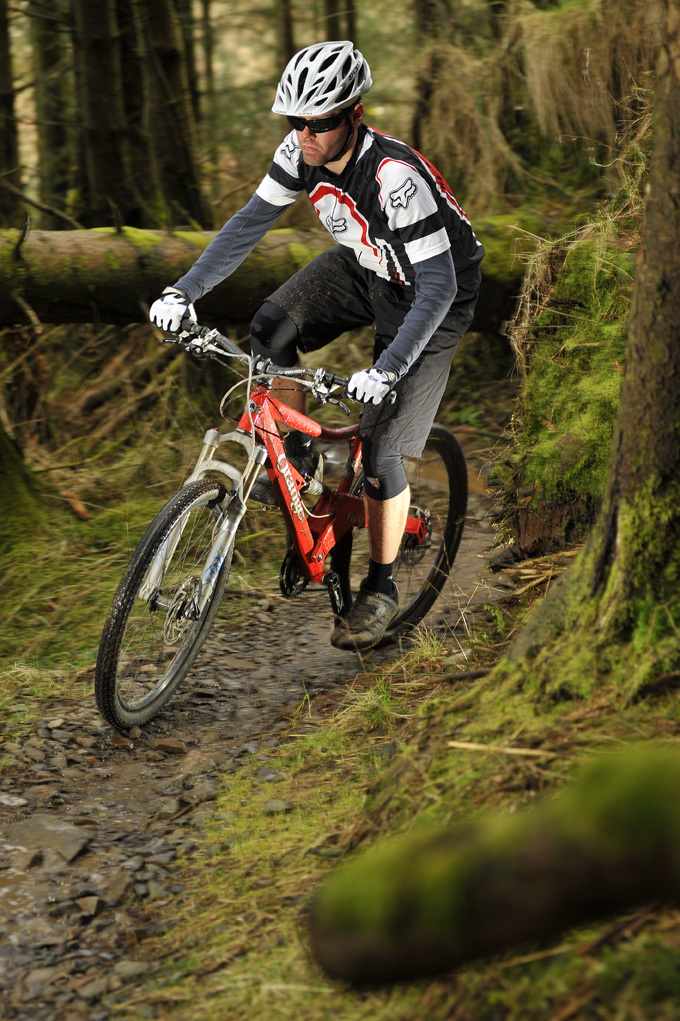
Wheels
Most other bikes on test have good rims but they’re built on cheap hubs, so won’t last as long as the Hope IIs here. An added benefit is the 15mm front hub uses a spacer system so can be converted to 9mm QR if needed.
The Hope Tech 2 brakes have independent freestroke and reach adjustment. They have plenty of modulation but lack the bite of the Formula brakes elsewhere.
Components
Neither the bar, stem or seatpost are top quality but Orange has blown the budget on the wheels. Thankfully the bar is much wider than last year’s.
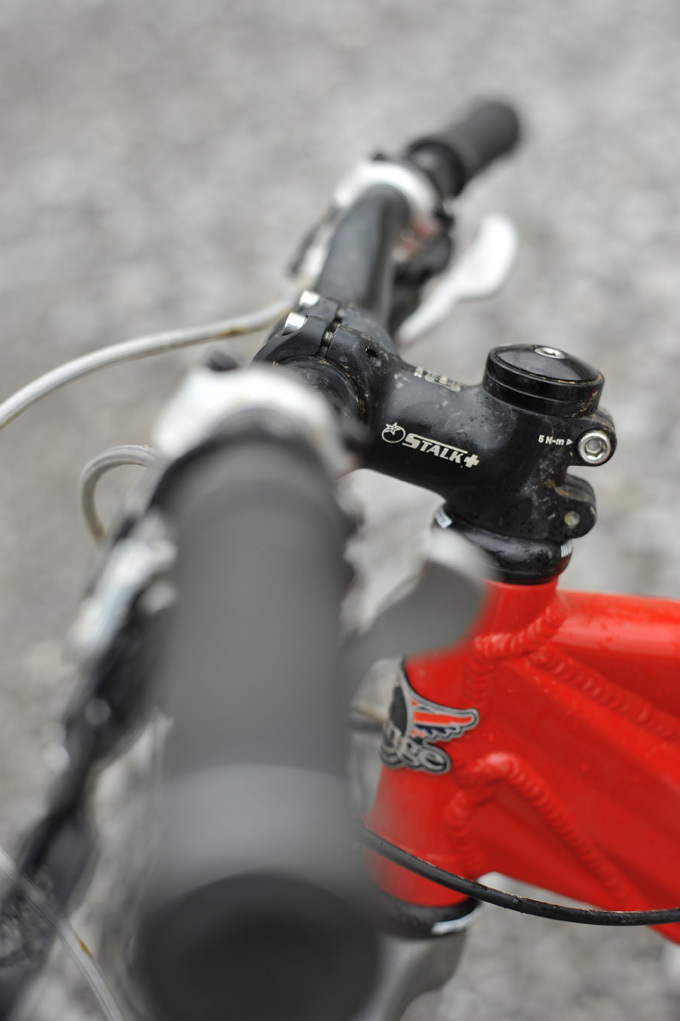
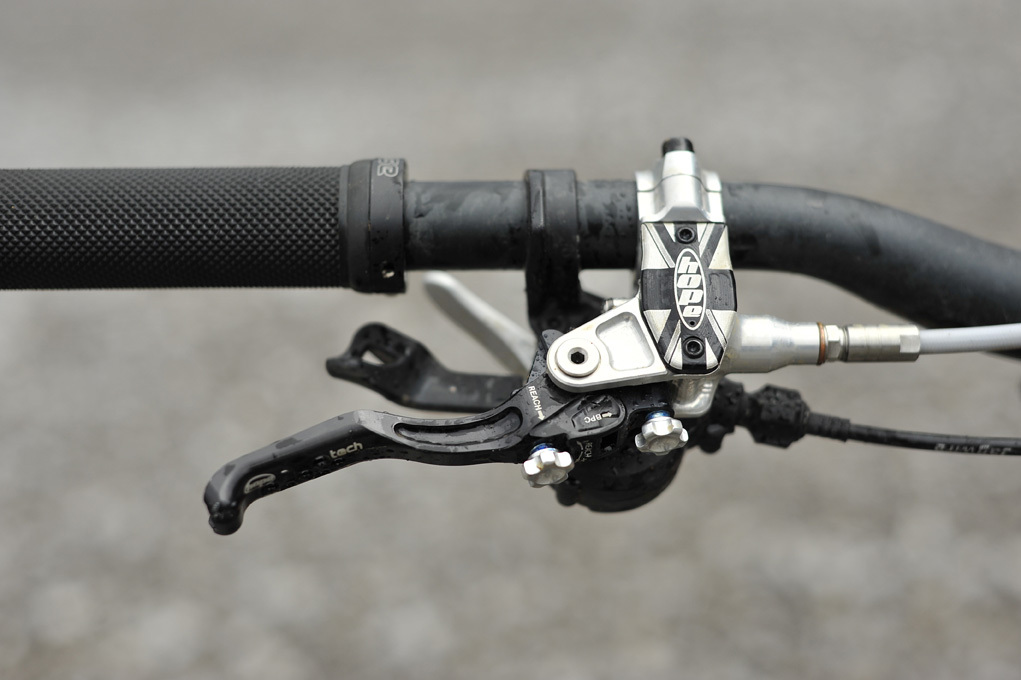
Performance
The slacker head angle (and consequently longer wheelbase) for 2009 makes the Five a better descending bike. It’s more stable but still as predictable and totally controlled — it’s the sort of bike that allows you to make major errors on the descents and technical sections and get away with them. It doesn’t feel as solid as the Fisher but it has better poise and balance. The only bike that outpaced the Five downhill was the Zesty.
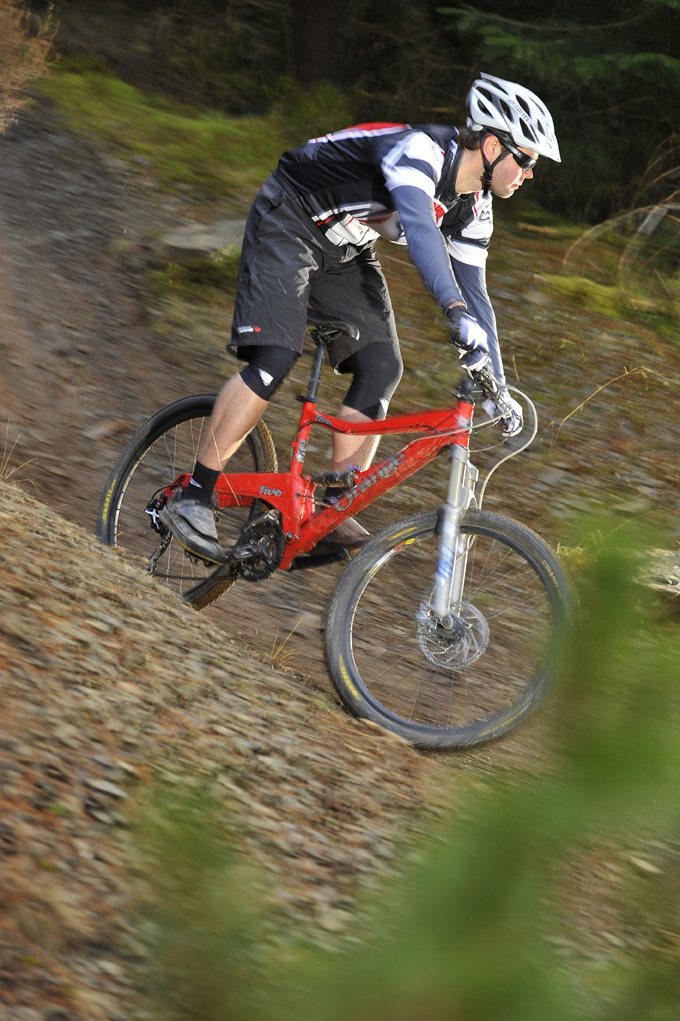
After some back-to-back rides with the old bike, the new Five is slightly more sluggish and doesn’t have the same snap of acceleration. We found we were sat back ever so slightly, so climbing is less efficient but this can be countered by flicking on the ProPedal, which props you up a bit more. There’s still a noticeable amount of feedback in the smaller gears, but the suspension with the new shock tune is more controlled.
Overall, if you lack the technical riding skills or just want to own a great handling bike, the Five should be at the top of your wish list.
>>> Click here to find out more about geometry with our handy guide
Verdict
You hear a lot of riders say they don’t want an Orange Five because they’re too common, but there’s a reason for that. True, they look like they’re made in a garage but they’re light, stiff, extremely well balanced, and have impeccable handling. With the new geometry the best just got better — it may be at the expense of climbing efficiency but if you’d rather have a grin on your face at the bottom of a descent than the top of a climb, it’s easy to forgive this sluggishness. With two 10s on the trot, the Orange Five is fast becoming a classic. It’s the best riding bike here and proof of that is the current scramble in the MBR offices to get the 2009 frameset.
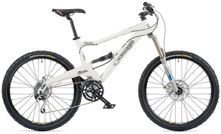
Mbr rating: 10





